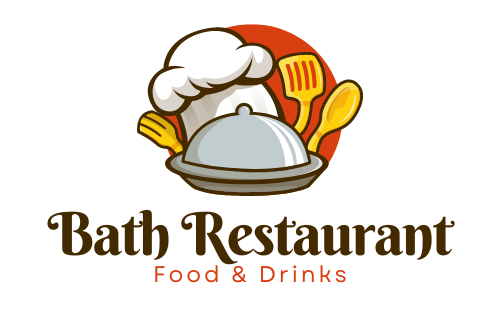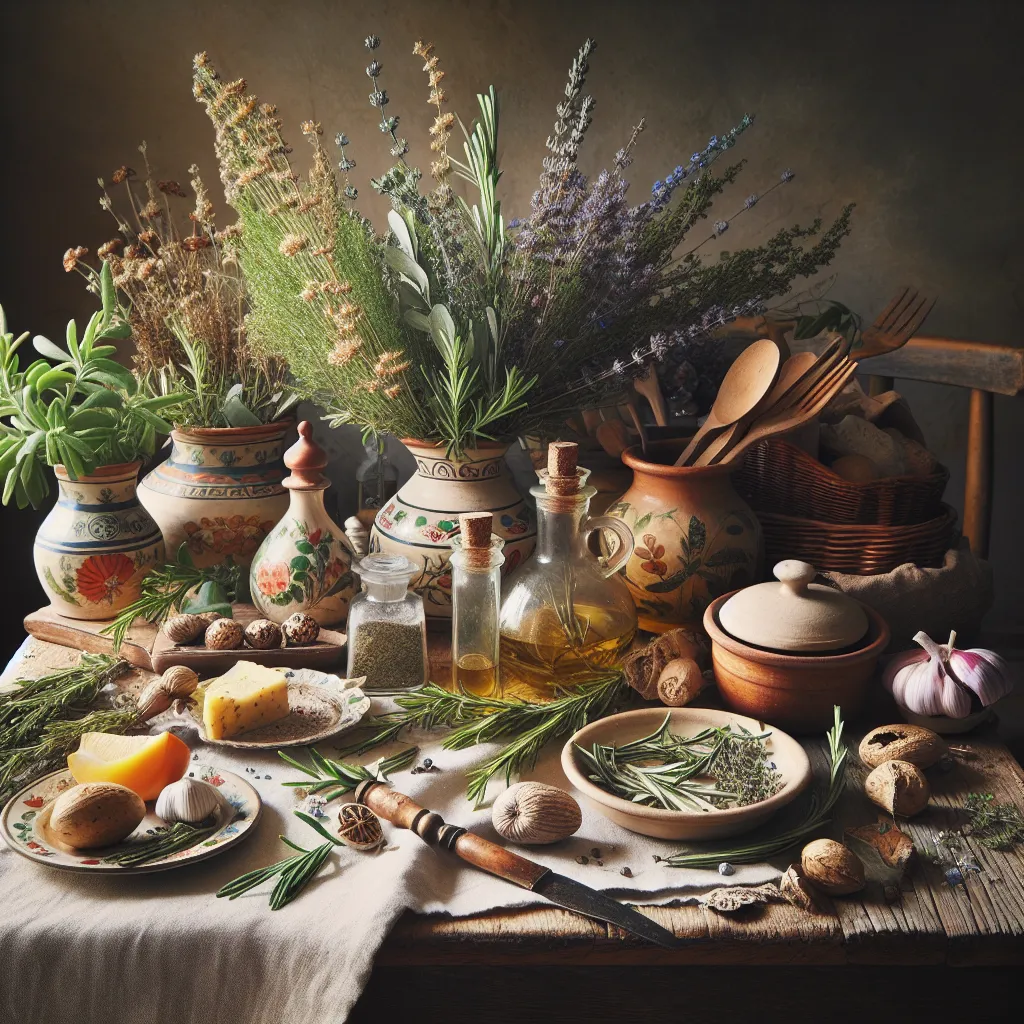Exploring the Rich History of Traditional French Cuisine
Exploring the rich history of traditional French cuisine is like embarking on a journey through time, where every dish tells a story of cultural heritage and culinary craftsmanship. Provence, a region in the southeast of France, is renowned for its vibrant and diverse gastronomic traditions that have been shaped by centuries of influences from neighboring Mediterranean countries and the refinement of local, seasonal ingredients.
One of the defining characteristics of traditional French cuisine is its deep-rooted connection to the land and the sea, with an emphasis on using fresh, high-quality produce. The culinary heritage of Provence reflects a harmonious blend of flavors and techniques, drawing inspiration from the abundant fruits, vegetables, herbs, and seafood that thrive in the region’s favorable climate and fertile soil.
From the iconic bouillabaisse, a rich and aromatic fish stew that originated in the port city of Marseille, to the famous ratatouille, a rustic vegetable medley bursting with the summer flavors of Provence, each dish encapsulates the essence of the region’s history and terroir. Furthermore, the historical influences of the ancient Greeks, Romans, and Moors have contributed to the diverse tapestry of flavors found in traditional Provençal cuisine, adding layers of complexity and depth to the culinary traditions.
As we delve into the origins of traditional French cuisine in Provence, we uncover a mosaic of recipes that have been preserved and refined through generations, honoring the deep-seated rituals and customs surrounding food and conviviality. Whether savoring the earthy simplicity of a traditional daube made with locally produced wine or indulging in the delicate sweetness of a tarte Tropézienne, every dish invites us to celebrate the timeless traditions and savoir-faire of French culinary heritage.
Exploring the rich history of traditional French cuisine allows us to appreciate the profound connection between food, culture, and history, unveiling the secrets of Provence through the language of gastronomy.
A Culinary Journey Through the Flavors of Provence
Embark on a culinary journey through the flavors of Provence and discover the secrets of traditional French cuisine. Provence, a region in the southeast of France, is renowned for its rich culinary heritage, vibrant markets, and diverse array of fresh, locally sourced ingredients. From the sun-drenched fields of lavender to the bountiful Mediterranean coast, Provencal cuisine is a reflection of the region’s fertile lands and ancient traditions.
One of the hallmarks of Provencal cuisine is its emphasis on fresh, seasonal produce. The region’s markets are a treasure trove of plump tomatoes, fragrant herbs like rosemary and thyme, and an abundance of olives and olive oil. These ingredients form the cornerstone of classic Provençal dishes such as Ratatouille, a colorful medley of summer vegetables, and Salade Niçoise, a refreshing salad featuring local tuna, crisp vegetables, and hard-boiled eggs.
The flavors of Provence are further enhanced by the region’s aromatic herbs, which are used to add depth and complexity to dishes. Herbes de Provence, a blend of rosemary, thyme, oregano, and other fragrant herbs, is a staple in Provençal cooking, infusing dishes with a medley of earthy, floral, and citrusy notes. Whether sprinkled over roasted meats, mixed into marinades, or steeped in olive oil for dipping crusty baguettes, these herbs are indispensable in capturing the essence of Provence on the plate.
For lovers of seafood, Provence’s coastal location offers an abundance of fresh fish and shellfish, inspiring beloved dishes like Bouillabaisse, a flavorful fish stew that showcases the region’s maritime bounty. The proximity to the sea also means that salt, a fundamental component of French cuisine, is harvested from the surrounding marshes, providing the essential seasoning for Provençal dishes.
In conclusion, a culinary journey through the flavors of Provence is a tantalizing exploration of the region’s vibrant markets, sun-ripened produce, and time-honored culinary traditions. From the earthy aroma of wild herbs to the briny tang of the Mediterranean, every bite tells a story of a land steeped in history, flavor, and the art of savoring life.
Preserving Authenticity: Traditional Techniques in French Cooking
Preserving authenticity is at the heart of traditional French cooking, especially in the picturesque region of Provence. The French are renowned for their culinary expertise, and the techniques passed down through generations play a vital role in preserving the authenticity of the cuisine. From the meticulous art of charcuterie to the time-honored methods of preserving fruits and vegetables, French cooking is a celebration of timeless traditions.
In Provence, the preservation of traditional techniques is evident in every aspect of cooking. From the age-old practice of confit, where meat is slow-cooked in its own fat to create a rich and flavorful dish, to the art of making pâté en croûte, a delectable pastry filled with a mixture of seasoned meats, every dish reflects a deep-rooted commitment to preserving the authenticity of French cuisine.
Furthermore, the use of local, seasonal ingredients is central to maintaining the genuine flavors of Provencal dishes. The reliance on herbs such as thyme, rosemary, and oregano, along with the insistence on sourcing fresh produce from the region, underscores the commitment to authenticity in French cooking. These traditional techniques not only ensure the preservation of culinary heritage but also contribute to the unique and irresistible flavors that have made Provencal cuisine famous worldwide.




